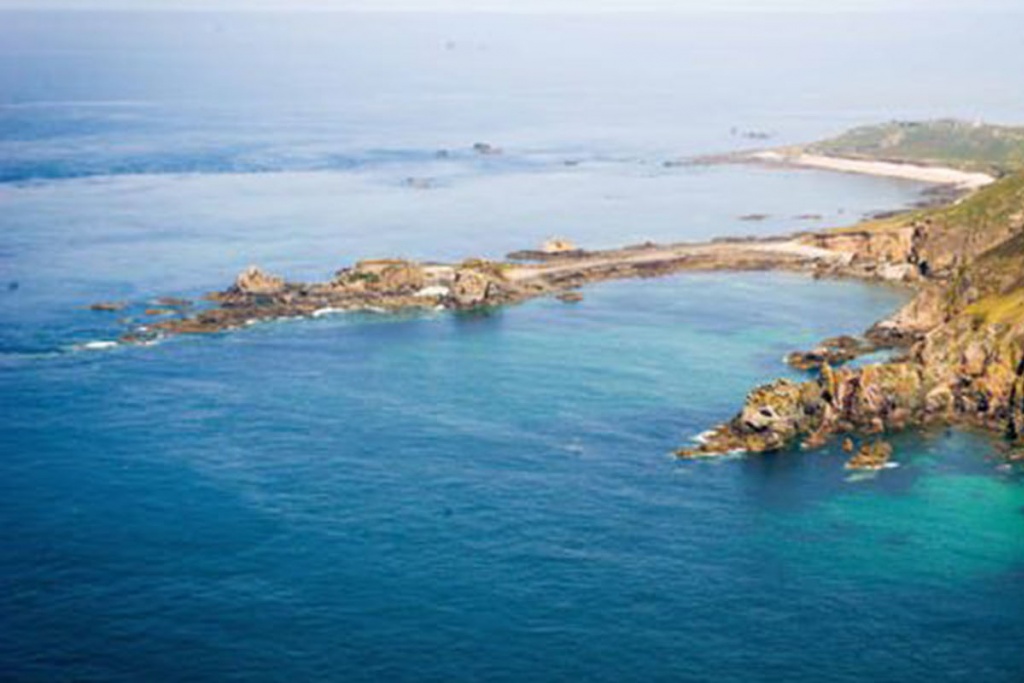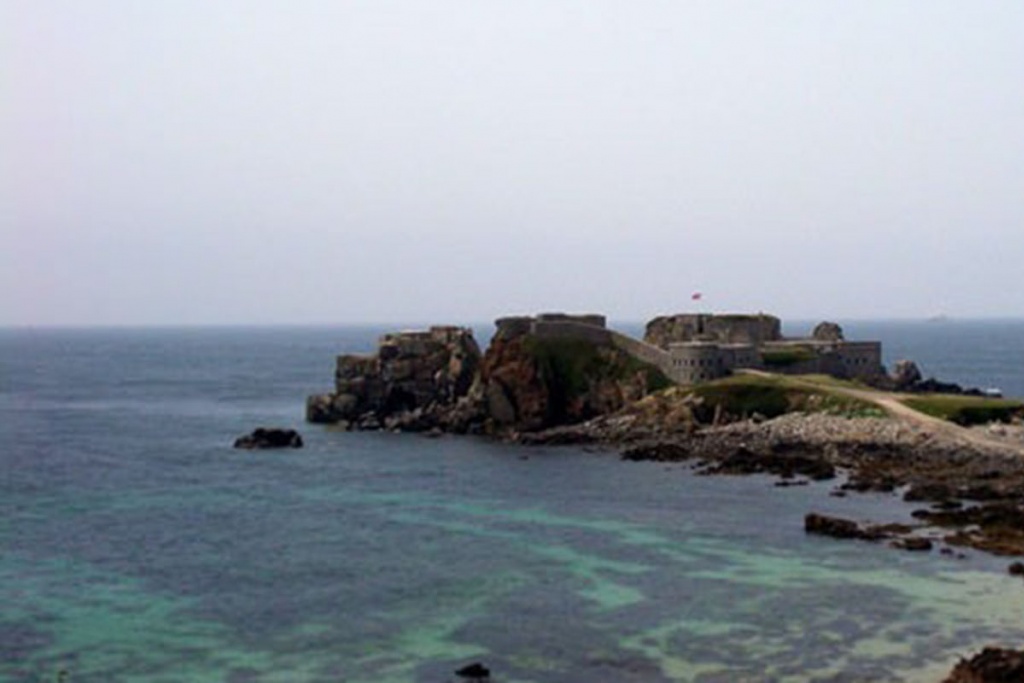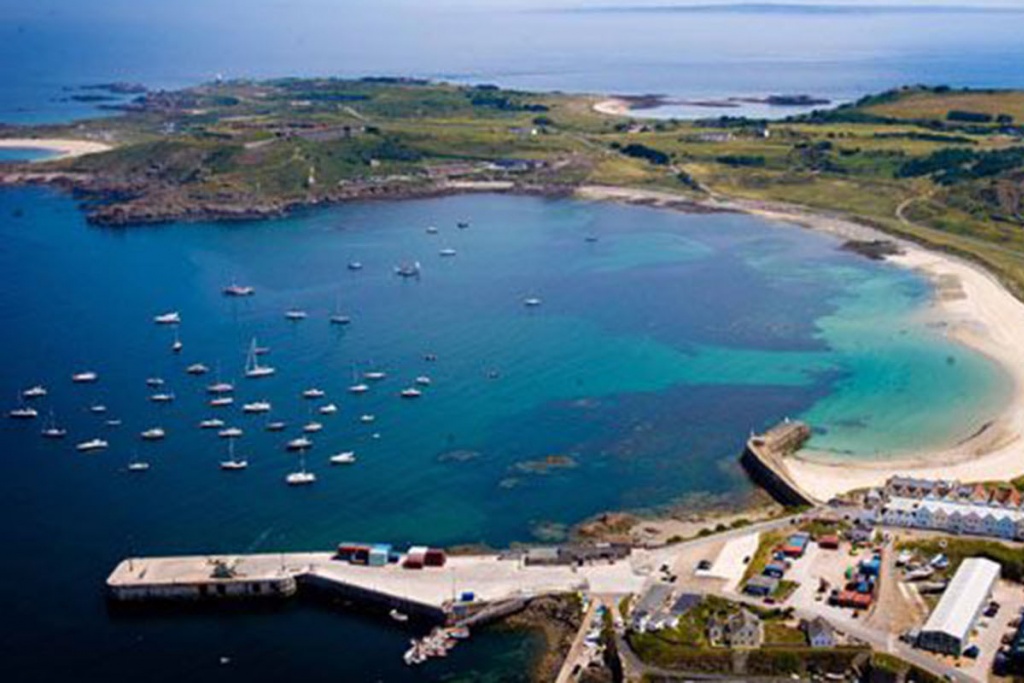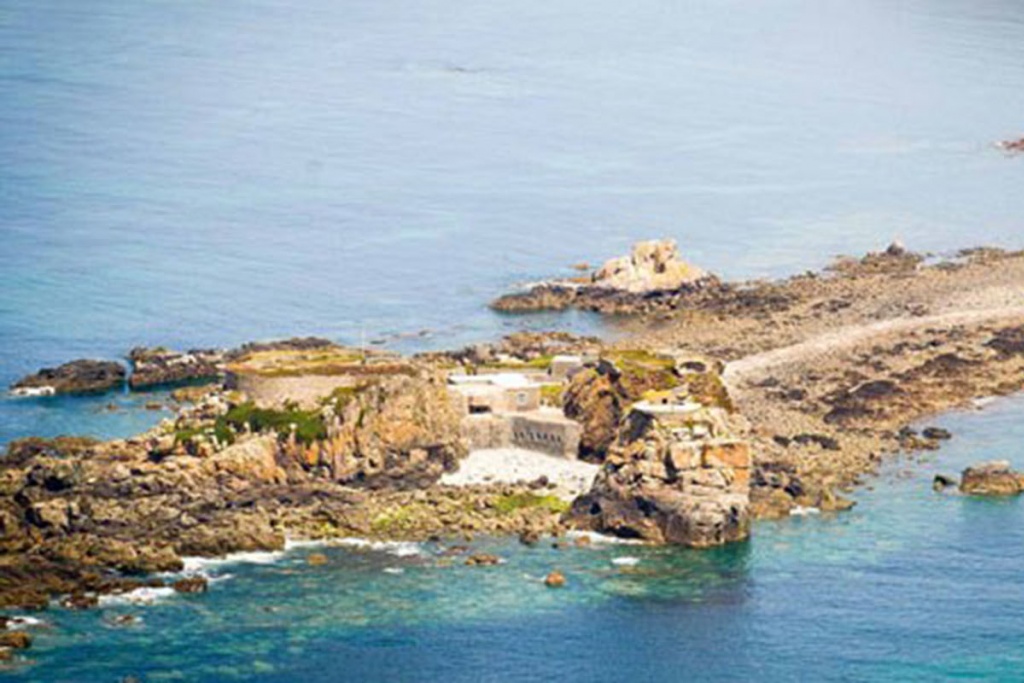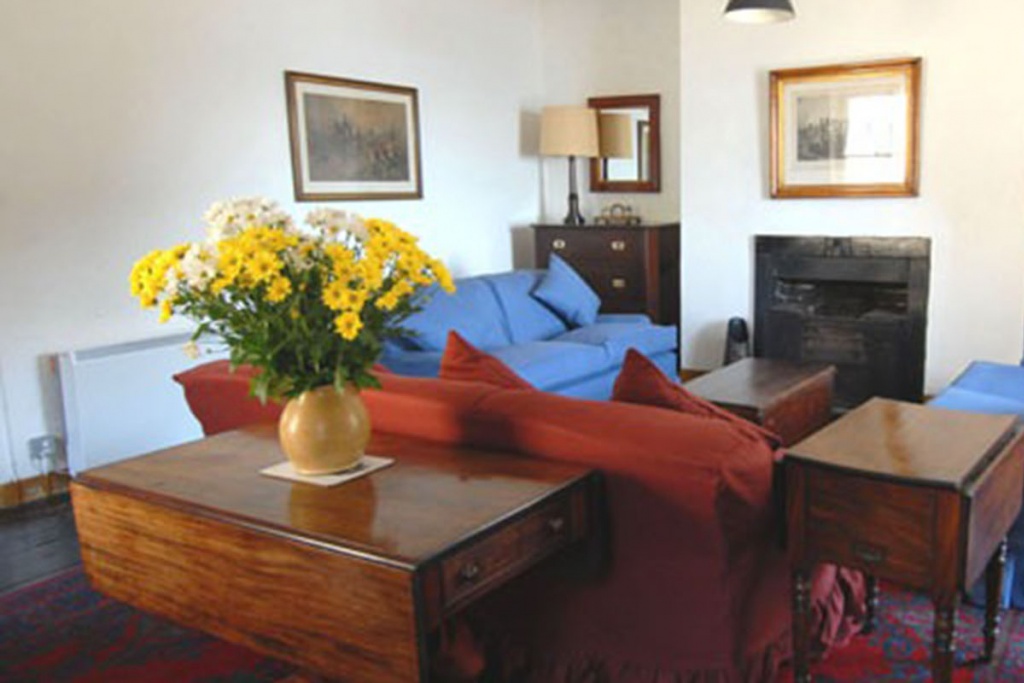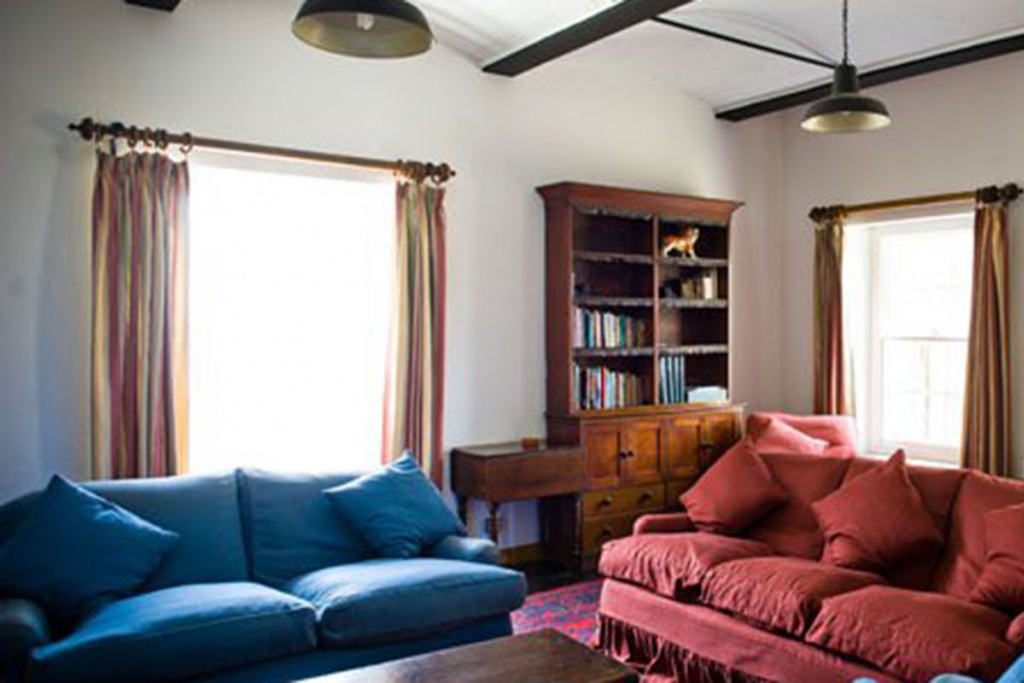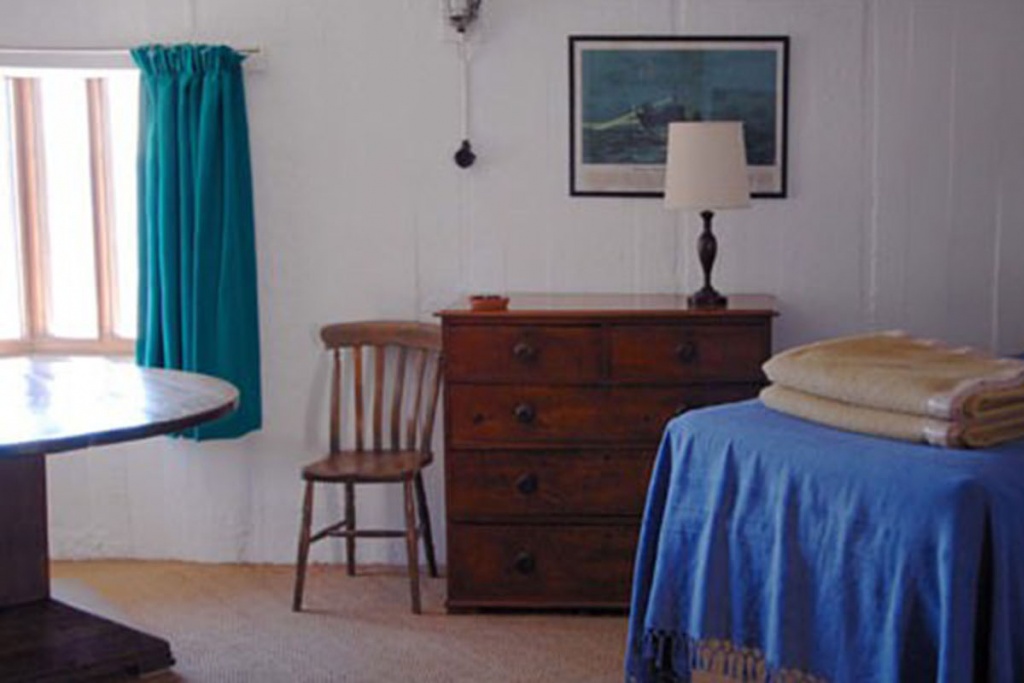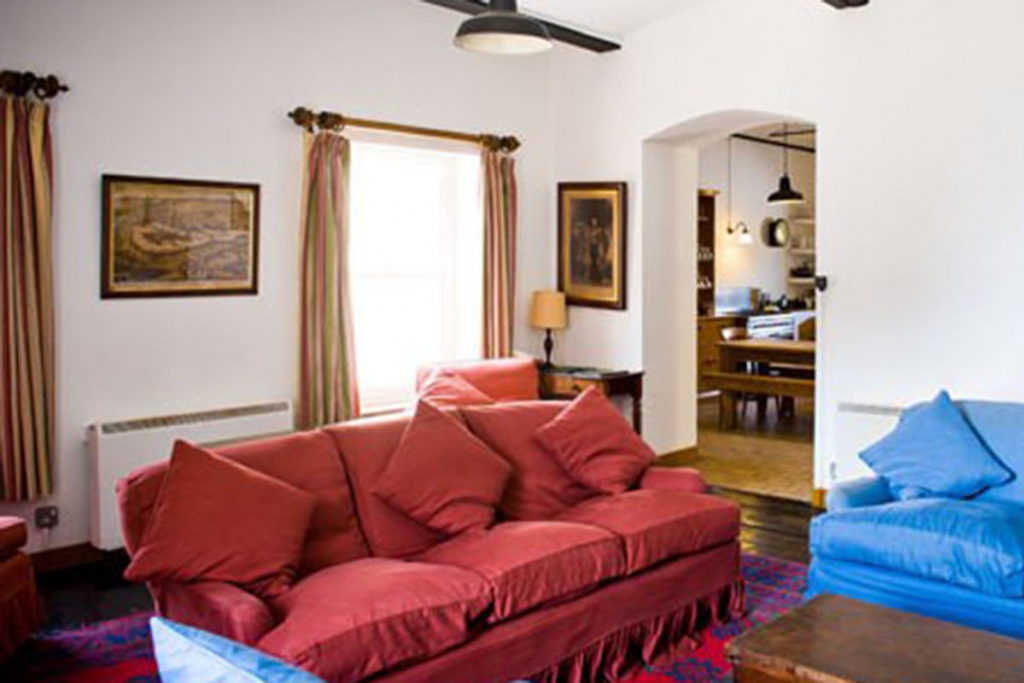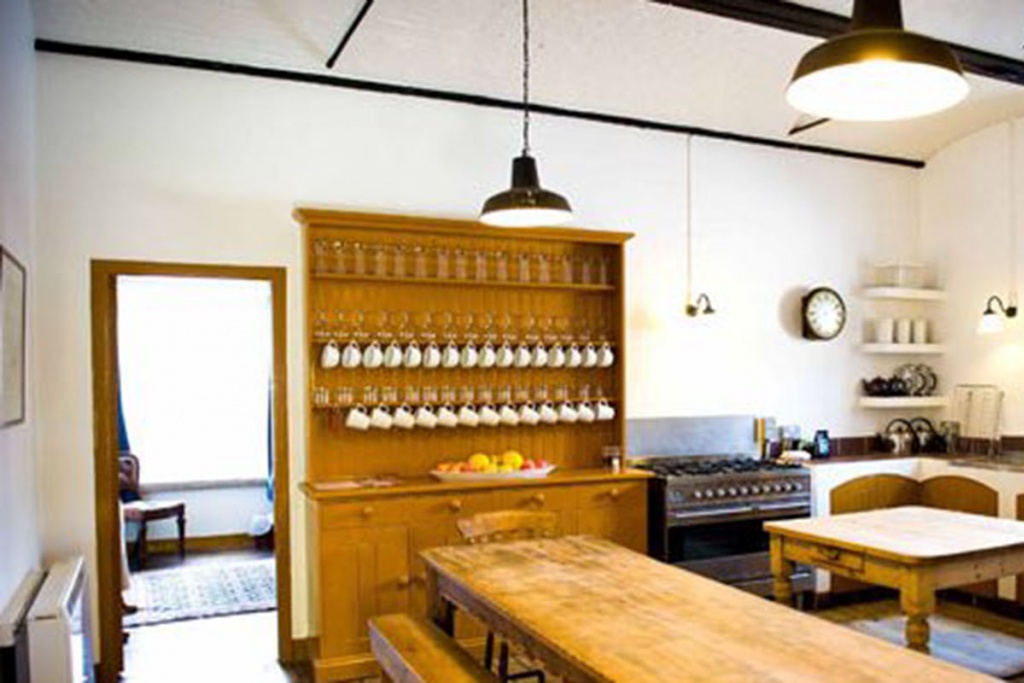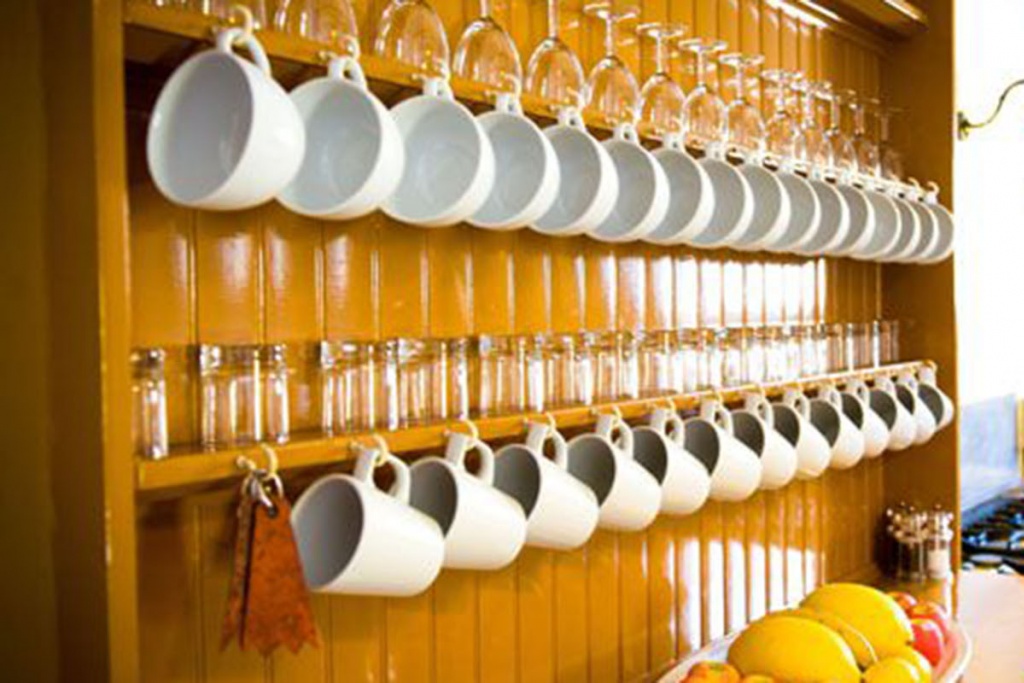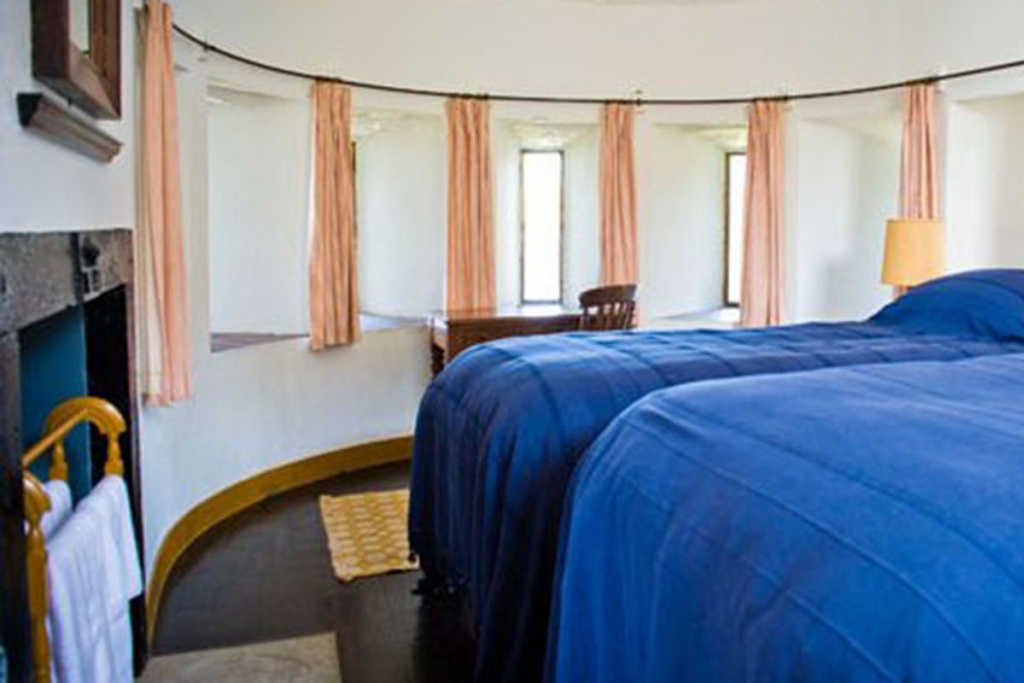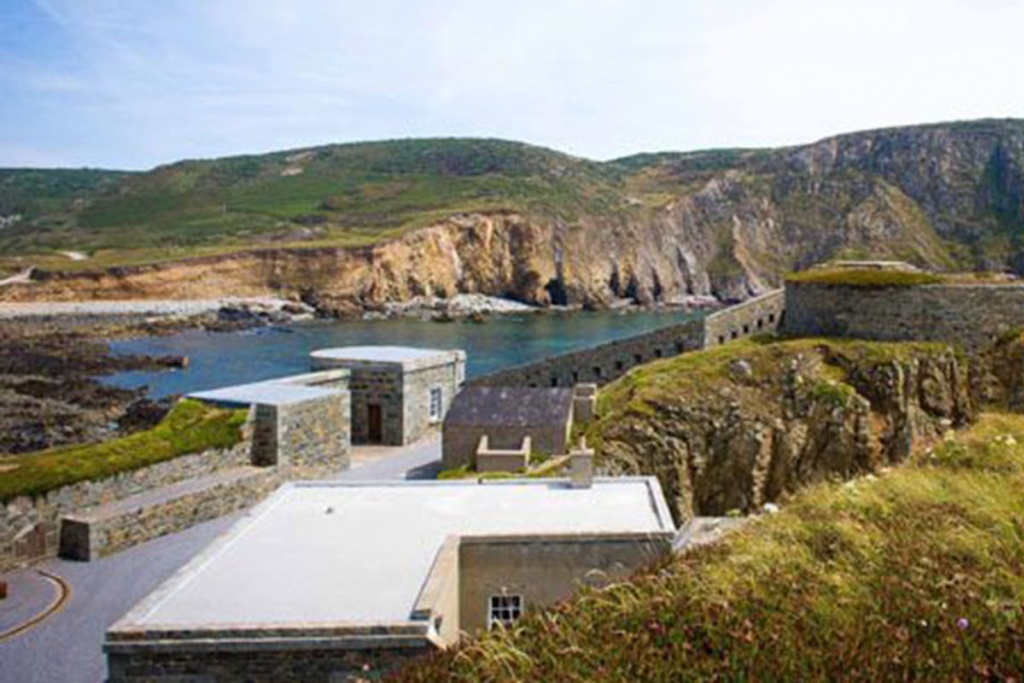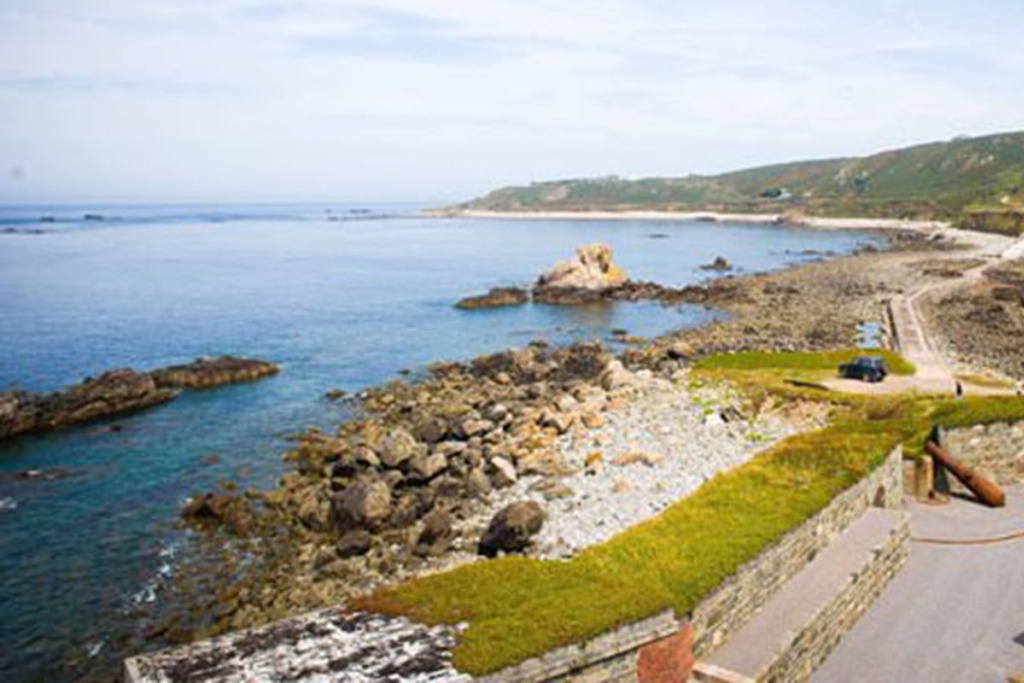Fort Clonque is the most remarkable of the great mid-Victorian harbour works off Alderney, built to protect the Channel Islands from capture by the French. Perched on a group of large rocks surrounded by the waves, you reach the Fort by a spectacular causeway leading to a drawbridge.
Space for 13 Pax
HISTORY
Fort Clonque was built between the years 1853 and 1855, at the height of the war scare that followed the rise of French naval power, and the accompanying enlargement and fortification of the French port of Cherbourg – relatively speaking, a stone’s throw from the Channel Islands. Part of the British Government’s response to this perceived threat was the construction on Alderney of the great harbour works and the circle of coastal forts around the island.
The design of all these works was placed in the hands of a rising young star of the Royal Engineers, Captain William Jervois. A man of great physical energy and considerable resourcefulness (he went on to a distinguished career as Governor-General successively of the Straits Settlements, South Australia and New Zealand), he was able to work on a massive scale, using vast quantities of the local granite, and at the same time devoted great attention to detail. Fort Clonque, when complete, housed 55 men with two officers, in charge of a battery of ten guns.
Within a few years of its completion, however, the island fortifications were made collectively obsolete by the coming of the steam-powered ‘ironclads’. The superior speed and range of these warships meant that they could in an emergency reach the ports on the south coast of England, and no longer needed the shelter and defence offered by Alderney. Only a little more than twenty years after their completion the army lost all interest in the island. The harbour was never finished, and the forts were disarmed. By the turn of the century Fort Clonque had become a private residence, and began quietly to deteriorate.
For most of World War II, the German forces occupied Alderney, and naturally took over the forts. Fort Clonque was equipped with machine-gun posts and a massive bunker, though it does not seem to have been engaged in military activity. At the end of the war the buildings were left derelict and ruinous, and their owners (Mr. and Mrs. Duplain) laboured over the herculean task of repairing them. But the task was more than they could cope with. In 1966 the Landmark Trust purchased the fort, and the years of restoration began.
Land Vacation Rental
Channel Islands
Fort Clonque is the most remarkable of the great mid-Victorian harbour works off Alderney, built to protect the Channel Islands from capture by the French. Perched on a group of large rocks surrounded by the waves, you reach the Fort by a spectacular causeway leading to a drawbridge.
Space for 13 Pax
HISTORY
Fort Clonque was built between the years 1853 and 1855, at the height of the war scare that followed the rise of French naval power, and the accompanying enlargement and fortification of the French port of Cherbourg – relatively speaking, a stone’s throw from the Channel Islands. Part of the British Government’s response to this perceived threat was the construction on Alderney of the great harbour works and the circle of coastal forts around the island.
The design of all these works was placed in the hands of a rising young star of the Royal Engineers, Captain William Jervois. A man of great physical energy and considerable resourcefulness (he went on to a distinguished career as Governor-General successively of the Straits Settlements, South Australia and New Zealand), he was able to work on a massive scale, using vast quantities of the local granite, and at the same time devoted great attention to detail. Fort Clonque, when complete, housed 55 men with two officers, in charge of a battery of ten guns.
Within a few years of its completion, however, the island fortifications were made collectively obsolete by the coming of the steam-powered ‘ironclads’. The superior speed and range of these warships meant that they could in an emergency reach the ports on the south coast of England, and no longer needed the shelter and defence offered by Alderney. Only a little more than twenty years after their completion the army lost all interest in the island. The harbour was never finished, and the forts were disarmed. By the turn of the century Fort Clonque had become a private residence, and began quietly to deteriorate.
For most of World War II, the German forces occupied Alderney, and naturally took over the forts. Fort Clonque was equipped with machine-gun posts and a massive bunker, though it does not seem to have been engaged in military activity. At the end of the war the buildings were left derelict and ruinous, and their owners (Mr. and Mrs. Duplain) laboured over the herculean task of repairing them. But the task was more than they could cope with. In 1966 the Landmark Trust purchased the fort, and the years of restoration began.

